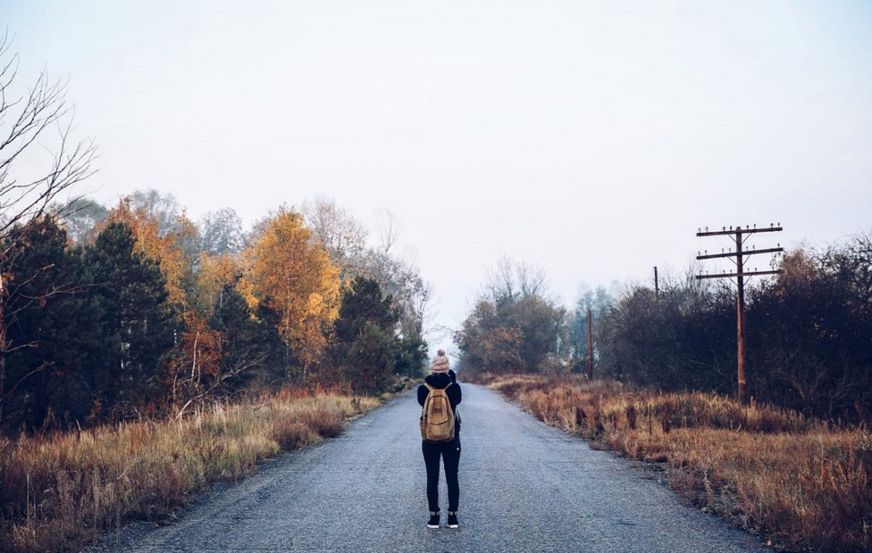Chernobyl: The end of a three-decade experiment
Since the explosion at the Chernobyl nuclear power plant in 1986, an area of more than 4,000 square kilometres has been abandoned. That could be about to change, as Victoria Gill discovered during a week-long trip to the exclusion zone.

"This place is more than half of my life," says Gennady Laptev. The
broad-shouldered Ukrainian scientist is smiling wistfully as we stand on
the now dry ground of what was Chernobyl nuclear power plant's cooling
pond.
"I was only 25 when I started my work here as a liquidator. Now, I'm almost 60."
There
were thousands of liquidators - workers who came here as part of the
mammoth, dangerous clean-up operation following the 1986 explosion. The
worst nuclear accident in history.
Gennady shows me a coffee
table-sized platform, installed here to collect dust. This reservoir's
bed dried out when the pumps taking water from the nearby river were
finally switched off in 2014; 14 years after the remaining three
reactors there were shut down.
Analysing dust for radioactive
contamination is just a small part of the decades-long study of this
vast, abandoned area. The accident turned this landscape into a giant,
contaminated laboratory, where hundreds of scientists have worked to
find out how an environment recovers from nuclear catastrophe.
Data: 14.02.2019
Fonte: www.bbc.com



















Nessun commento:
Posta un commento